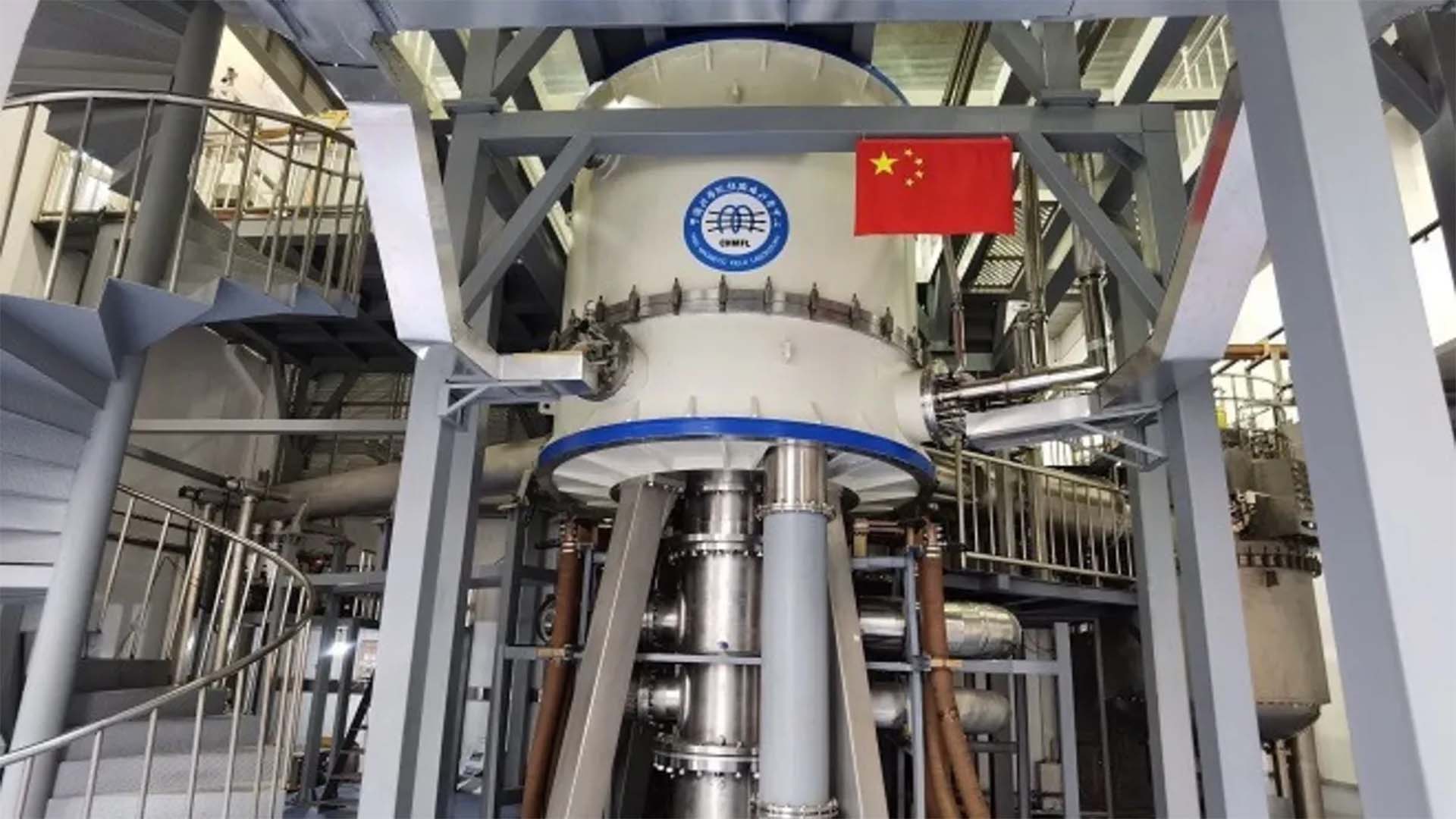On August 12, China launched the world’s most powerful magnet for scientific research. Even though the magnet is about the size of a coin, it creates a stable magnetic field of 45.22 tesla, which is over a million times stronger than Earth’s magnetic field.

The hybrid magnet, designed by researchers at the Hefei Institutes of Physical Science, was made out of a resistive insert within coils of superconducting material. To achieve a higher magnetic field, researchers reportedly innovated the structure of the magnet, developed new materials, and optimized the manufacturing process of the bitter disks.
The world’s most powerful magnet was created by scientists from the U.S. National High Magnetic Field Laboratory in 2019 with a record-breaking 45.5-tesla field. Unlike China’s magnet, however, this magnet was a test and was not used for scientific experiments.
Magnets & Nuclear Energy
Researchers believe that generating strong magnetic field strengths from hybrid magnets will advance our scientific understanding of the electric and magnetic properties of materials. This will aid scientists in making discoveries in physics, building new types of semiconductors, and even harnessing nuclear fusion energy.
A nuclear fusion reaction is about four million times more energetic than a chemical reaction, such as burning coal, oil, or gas. Harnessing fusion energy would be monumental for reaching the worldwide goal of net-zero carbon emissions by 2050. However, creating nuclear fusion on Earth is one of scientists’ and engineers’ greatest challenges.
Strong magnets like China’s could play a massive role in harnessing nuclear fusion energy because of how small and high-temperature they are. This could allow fusion tokamak reactors to be built in new, more efficient ways. Because nuclear fusion reaction is about four million times more energetic than a chemical reaction, harnessing fusion energy would be monumental for the world’s clean energy goal. However, creating nuclear fusion on Earth is one of scientists’ and engineers’ greatest challenges.
Find out more about nuclear energy HERE.
For more technology news, check out takeaways from 2022’s cybersecurity conferences, how autonomous meal deliveries will help decrease food insecurity, a new NFT partnership, and the best apps for travelers.







